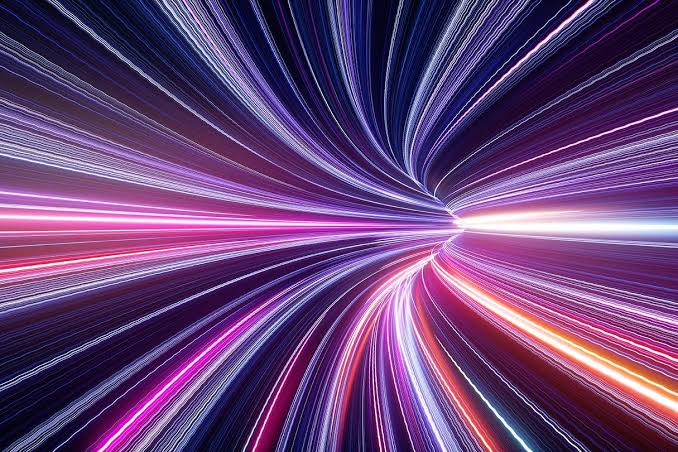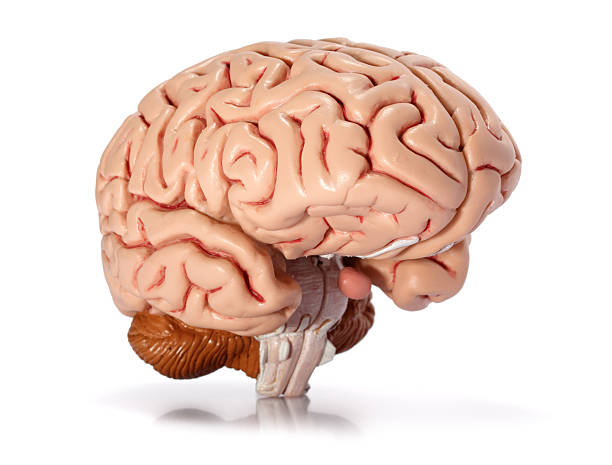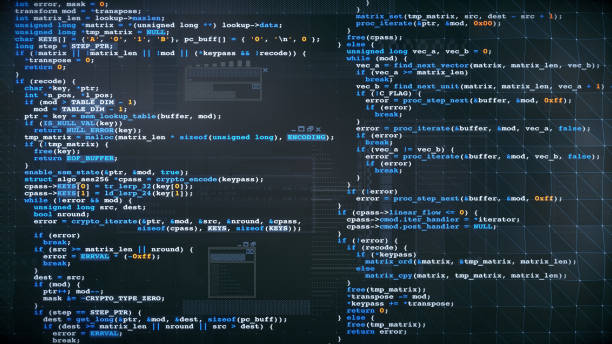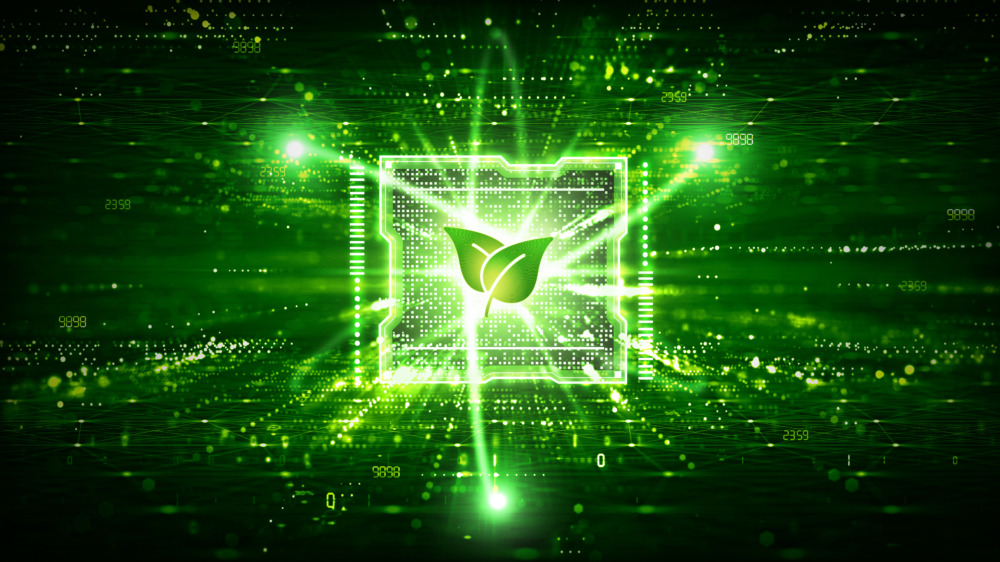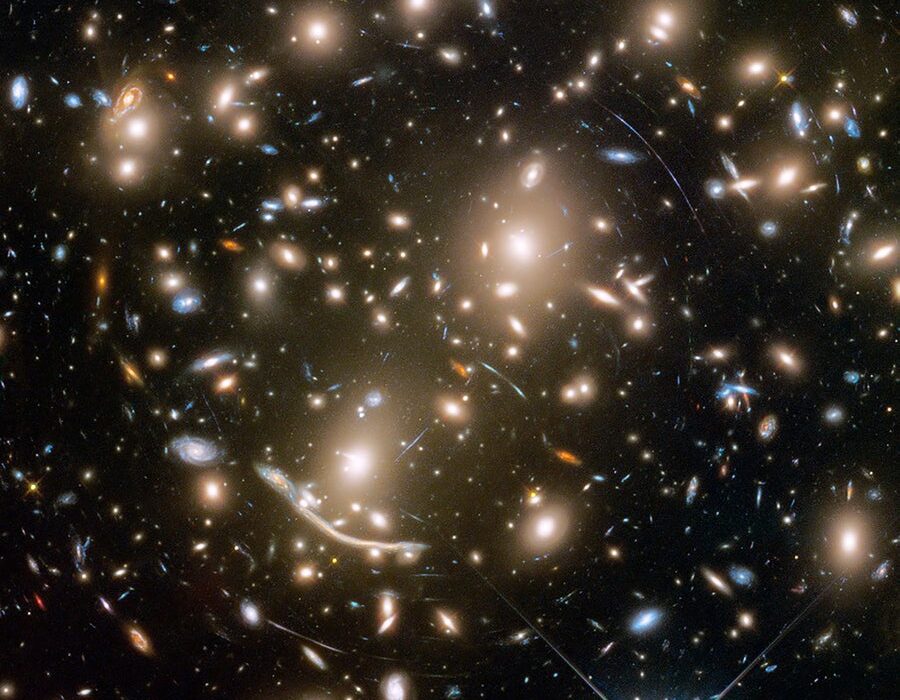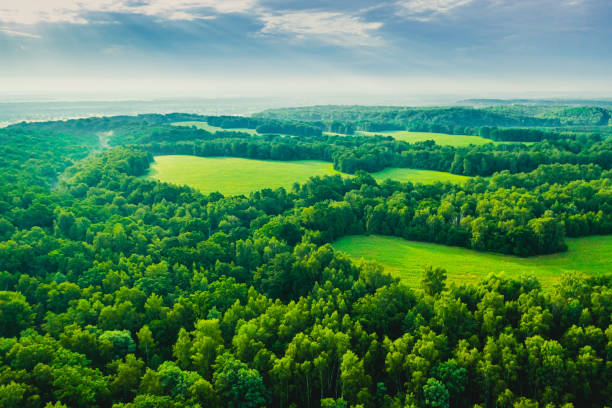Once upon a time, creating stunning animations and cinematic visual effects required vast budgets, massive teams, and years of technical mastery. Every explosion, ripple, or motion sequence had to be crafted frame by frame. But today, artificial intelligence has changed the rules.
AI is not replacing creativity—it’s expanding it. It has become the new brush in the artist’s hand, the invisible assistant behind every editor’s screen. What once took hours can now be achieved in minutes, and what was once impossible can now be visualized at the click of a button.
From motion capture to face animation, from 3D modeling to compositing, AI is quietly revolutionizing the entire filmmaking pipeline. Whether you’re a professional animator, an indie filmmaker, or a creative dreamer exploring digital worlds, these tools are reshaping what’s possible.
Let’s explore the ten best AI tools for video animation and VFX that are redefining the art of visual storytelling.
1. Runway ML – The Studio in Your Browser
Runway ML is where creativity meets accessibility. Born from the vision of merging machine learning with art, Runway has become one of the most powerful AI video tools ever created.
It allows creators to generate, edit, and animate videos directly in the browser—no massive GPU setup required. Its features include text-to-video generation, background removal, motion tracking, and green-screen replacement powered entirely by AI.
What makes Runway magical is its real-time AI editing. You can remove objects from scenes, generate missing frames, or even transform a simple sketch into a moving animation. Its “Gen-2” model can turn text prompts into cinematic video clips—no camera, no actors, no sets, just imagination.
For VFX artists, Runway offers AI motion tracking, style transfer, and instant rotoscoping—tools that used to take hours in After Effects. With Runway, storytelling becomes a collaboration between human emotion and machine intelligence.
Runway has become the favorite of content creators, YouTubers, and studios experimenting with AI-enhanced storytelling. It’s not just software—it’s the new canvas for visual imagination.
2. Kaiber – Transforming Music and Motion
Kaiber is a creative AI engine designed for visual storytelling. It stands out for its ability to convert static images or audio files into dynamic videos that breathe and move with artistic flair.
Musicians and filmmakers love Kaiber for its power to generate music videos automatically. By uploading a track and describing the mood or scene, users can watch the AI interpret their vision visually—turning beats into motion and sound into color.
Kaiber’s text-to-video tool is intuitive and expressive. It lets artists describe surreal scenes—like “a city made of crystal waves under a blood-red sky”—and then generates moving visuals that feel painterly and cinematic.
It also integrates beautifully with creative workflows. Whether you’re producing a lyrical animation or adding dreamlike transitions to a film, Kaiber gives you an AI co-creator that understands rhythm and emotion.
What sets it apart is style fidelity—the AI captures textures, color palettes, and motion patterns that evoke real emotion. In a world where videos are everywhere, Kaiber ensures yours truly feel alive.
3. Pika Labs – Text to Video with Cinematic Power
Pika Labs is one of the most exciting breakthroughs in AI-driven animation. It takes the concept of text-to-video generation and pushes it toward film-quality realism.
By typing a prompt—something as simple as “a knight walking through a foggy forest at dawn”—Pika generates short, detailed video clips that look like they were crafted by professional studios. The AI understands camera angles, lighting, and even cinematic atmosphere.
Its advanced motion generation engine ensures characters and objects move naturally. Unlike earlier AI models that produced surreal or inconsistent results, Pika creates coherent and emotionally engaging visuals.
VFX artists are already integrating Pika Labs into concept design workflows. Instead of storyboarding from scratch, they can visualize entire sequences instantly. It’s becoming a powerful tool for pre-visualization, allowing directors to “see” scenes before shooting them.
The promise of Pika Labs is that someday soon, you may not need cameras at all—just words and imagination.
4. DeepMotion – Breathing Life into Characters
DeepMotion is where animation meets biomechanics. This AI-powered platform turns simple video footage or motion data into full 3D character animation in minutes.
Using a process called “AI motion capture,” DeepMotion analyzes human movement and applies it to digital avatars without the need for expensive motion capture suits or studios. You can record yourself with a phone camera, upload the video, and watch your movements transfer seamlessly onto a 3D model.
For game developers, animators, and film artists, this tool is a revolution. It reduces the cost of realistic character animation and allows for rapid prototyping of complex scenes.
DeepMotion also integrates physics-based realism—meaning it doesn’t just mimic movement but understands how bodies balance, twist, and interact with forces. The result is animation that feels organic and alive.
In an era where digital humans populate screens, DeepMotion ensures they don’t just move—they breathe, gesture, and express.
5. Adobe Firefly and After Effects – The AI Powerhouse
Adobe has been the cornerstone of creative industries for decades, and now it’s infusing its entire ecosystem with AI under the banner of Adobe Firefly.
Firefly’s AI models enable text-to-image, text-to-video, and style transfer capabilities that blend perfectly with Adobe After Effects—the backbone of the VFX world.
Using Firefly inside After Effects, artists can automatically generate backgrounds, extend footage beyond original frames, or fill missing elements using content-aware AI. Tasks like rotoscoping, compositing, and keying that once required hours of manual effort are now nearly instantaneous.
But Firefly isn’t just about automation—it’s about inspiration. It can generate new scene ideas, lighting effects, or dynamic transitions that spark creativity.
Adobe’s commitment to ethical AI also means all models are trained on licensed or public domain content, ensuring artists remain in control of their intellectual property.
When Firefly meets After Effects, the result is a seamless bridge between imagination and execution—AI that enhances, not replaces, artistic intent.
6. Wonder Dynamics – AI Meets Hollywood
Imagine being able to insert a fully animated 3D character into your live-action footage—without a VFX team. That’s exactly what Wonder Dynamics allows you to do.
Co-founded by actor Tye Sheridan and AI scientist Nikola Todorovic, Wonder Dynamics’ platform uses AI to automatically detect human actors in footage, replace them with digital characters, and integrate lighting, shadows, and perspective perfectly.
It’s a tool designed for filmmakers, indie creators, and visual storytellers who want blockbuster-quality results without Hollywood budgets.
Wonder Dynamics handles the heavy lifting—3D tracking, animation, compositing, and rendering—allowing creators to focus purely on storytelling. The results are astonishingly realistic, with digital characters that blend seamlessly into the environment.
This platform democratizes cinematic production, empowering anyone with a creative vision to bring their stories to life.
7. Synthesia – The Human Face of AI Video
Synthesia is transforming how we think about video production. Instead of cameras, studios, or actors, it uses AI avatars that speak in dozens of languages with lifelike expressions and gestures.
Initially popular for corporate and educational videos, Synthesia’s potential for animation and VFX is now undeniable. Filmmakers use it to create digital actors, generate dialogue sequences, or localize content across languages—without re-shooting a single frame.
The AI models behind Synthesia analyze phonemes, facial micro-expressions, and tone to synchronize lip movement and emotion perfectly.
While it’s not a traditional animation tool, it represents a major step toward AI-driven storytelling where virtual humans perform convincingly in real narratives.
As the line between actor and avatar blurs, Synthesia gives storytellers a way to craft emotionally authentic scenes without limits of time or geography.
8. Luma AI – Turning the Real World into 3D
Luma AI is redefining how VFX artists and animators capture reality. Using advanced neural radiance fields (NeRF) technology, it can turn smartphone videos into fully explorable 3D scenes.
This means you can walk through a space virtually, rotate objects, or integrate new elements—all from a few seconds of footage. For filmmakers and animators, Luma AI offers a faster, more realistic alternative to traditional 3D scanning or photogrammetry.
VFX teams can now shoot a scene and immediately create digital doubles or extend environments with AI-generated geometry and lighting.
Luma’s realism is breathtaking. It preserves reflections, textures, and depth in ways that traditional 3D modeling struggles to achieve.
It’s the perfect fusion of the physical and digital worlds—turning real environments into infinite creative canvases.
9. Kinetix – AI for Motion and Metaverse
Kinetix is an AI platform built to simplify 3D animation for creators of games, films, and virtual experiences. Its focus is clear: turn motion into magic.
With Kinetix, users can upload a video clip—of themselves dancing, running, or performing—and instantly generate 3D motion data compatible with engines like Unity and Unreal. No motion capture suits, no complex rigs, just AI interpreting movement with astonishing accuracy.
For VFX professionals, Kinetix provides rapid pre-visualization and motion planning. For metaverse creators, it enables fast animation of avatars and virtual characters.
It also allows text-driven motion generation, where simple prompts like “a character waves happily” create lifelike animations in seconds.
Kinetix is bringing motion creation into the no-code era, empowering artists who may not have technical backgrounds to participate in the world of 3D storytelling.
10. Stability AI (Stable Video Diffusion) – The Next Frontier of Imagination
The creators of Stable Diffusion, the text-to-image revolution, are now building the next leap forward: Stable Video Diffusion.
This tool transforms text prompts and still images into coherent, moving video sequences with consistent lighting, motion, and depth. It captures cinematic dynamics—camera pans, zooms, and fluid transitions—purely through AI interpretation.
The underlying diffusion models generate frames one after another, predicting motion from static concepts. The result is not just video—it’s imagination in motion.
For animators and VFX artists, this means generating reference sequences, visual experiments, or even short films without shooting or traditional rendering.
Stable Video Diffusion is still evolving, but it hints at a future where AI is not merely assisting human creators—it’s co-directing the creative process.
The Science Behind AI Animation and VFX
Artificial intelligence in animation isn’t magic—it’s mathematics at scale. The systems behind these tools rely on neural networks, diffusion models, and transformers that learn from millions of examples of motion, light, and texture.
Diffusion models, for instance, start with random noise and gradually “denoise” an image or video into a meaningful scene guided by text prompts. Neural radiance fields (NeRFs) reconstruct 3D geometry from 2D images by predicting how light travels through space.
Reinforcement learning teaches AI how movement should “feel”—making a character’s walk natural or a particle explosion believable. These processes mirror how humans learn through observation and experience, allowing AI to internalize the physical logic of the world.
When you combine these technologies, you get machines that not only simulate visuals but understand motion, perspective, and storytelling.
How AI Is Transforming the Creative Industry
AI is no longer just a tool—it’s a collaborator. In video animation and VFX, it serves multiple roles: concept artist, animator, editor, and even director.
- Speed – What took days can now be achieved in minutes. AI automates tedious tasks like rotoscoping, motion tracking, or keyframe animation.
- Accessibility – Filmmaking is no longer locked behind expensive hardware or software. Anyone with a laptop and imagination can create studio-grade content.
- Creativity Amplification – AI handles technical execution, allowing artists to focus on narrative, emotion, and meaning.
- Cost Efficiency – Indie creators and small studios can now produce high-quality visuals without the traditional budget constraints of Hollywood.
- Global Collaboration – AI-driven platforms make it possible for teams worldwide to share, generate, and refine content in real time.
The democratization of animation and VFX is ushering in a creative renaissance where imagination is the only currency that matters.
The Ethical and Artistic Balance
While AI opens infinite possibilities, it also raises questions. Who owns AI-generated content? How do we preserve human artistry in a world of machine creation?
These questions remind us that technology is a tool, not a replacement. The emotional resonance of a story, the heartbeat of a performance, and the intention behind a scene remain profoundly human. AI can assist, enhance, and inspire—but it cannot feel.
The future of visual storytelling lies not in choosing between human or machine, but in collaboration—a duet between logic and soul, data and dream.
The Future of AI in Animation and VFX
The next decade will redefine visual media. We’re moving toward AI-driven pipelines where scripts become films automatically, where scenes evolve dynamically based on narrative context, and where creativity transcends the limits of production.
We’ll soon see AI directors that understand storytelling principles, lighting AIs that respond to emotion, and fully digital actors who perform across multiple languages and styles.
Yet even in that future, one truth remains: storytelling is human at its core. AI may supply infinite possibilities, but it is our imagination that gives them meaning.
Conclusion: The Art of the Possible
AI has transformed the world of animation and VFX from a technical craft into an open field of wonder. Tools like Runway, DeepMotion, Luma, and Wonder Dynamics are not just reshaping workflows—they’re reshaping dreams.
For the first time in history, the boundary between imagination and execution is dissolving. Anyone can bring their visions to life, not because they’ve mastered technology, but because technology has learned to understand creativity.
The future belongs to those who dare to imagine—and now, with AI as our partner, imagination has no limits.

